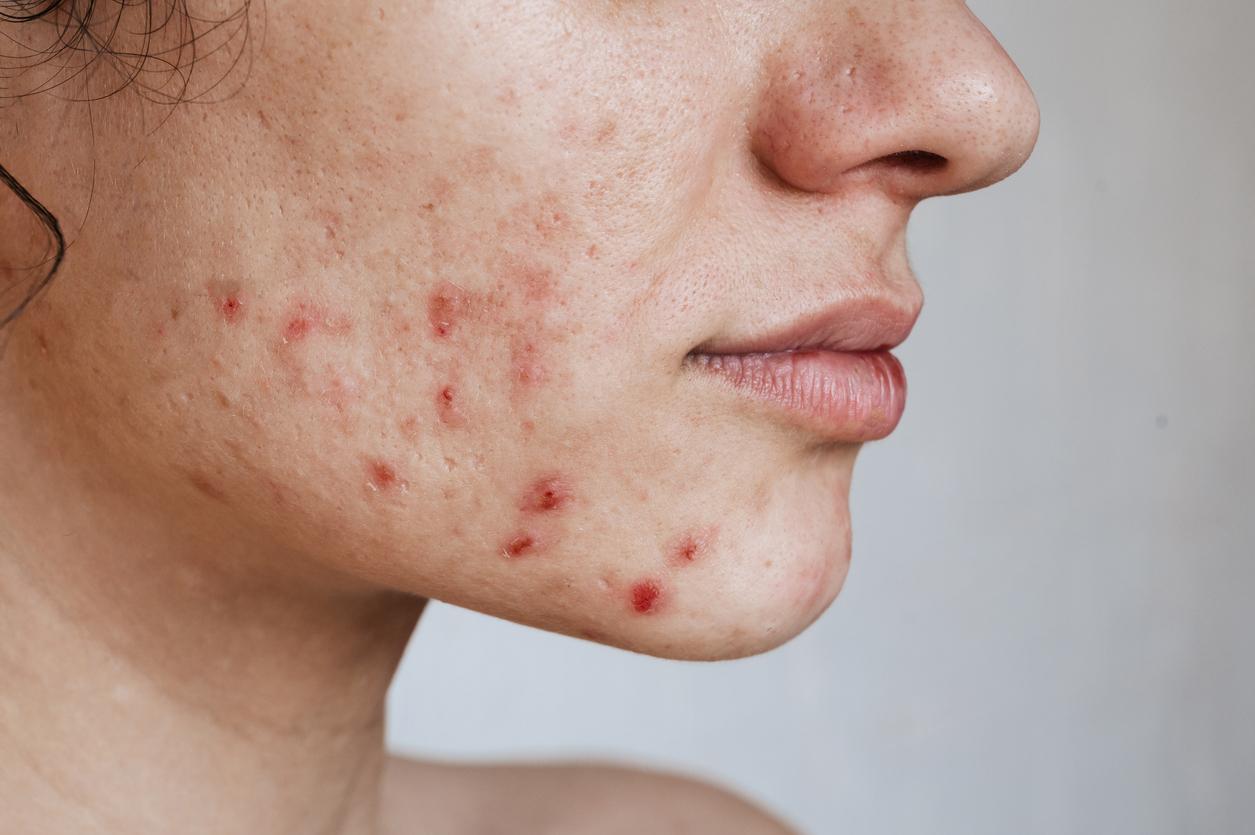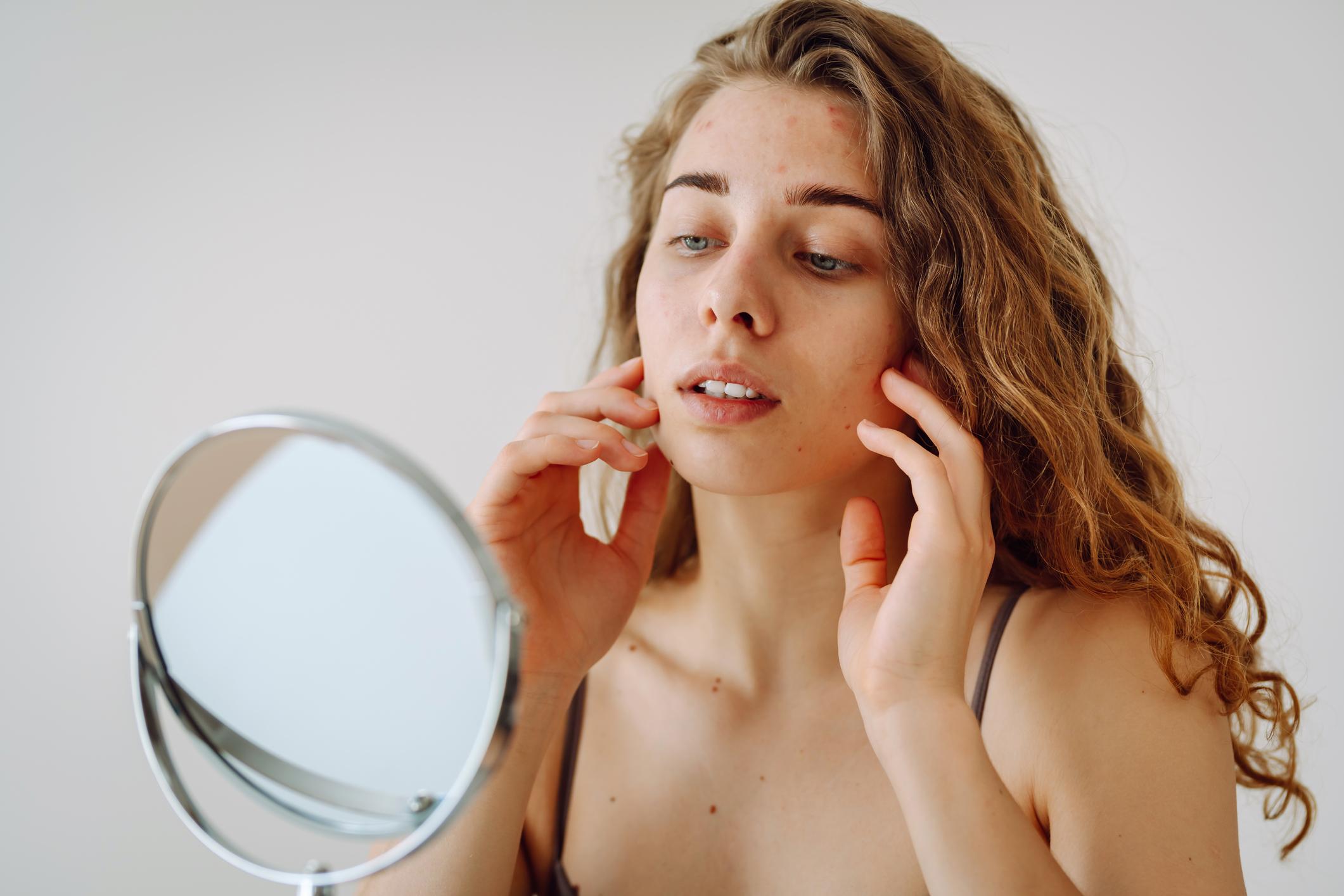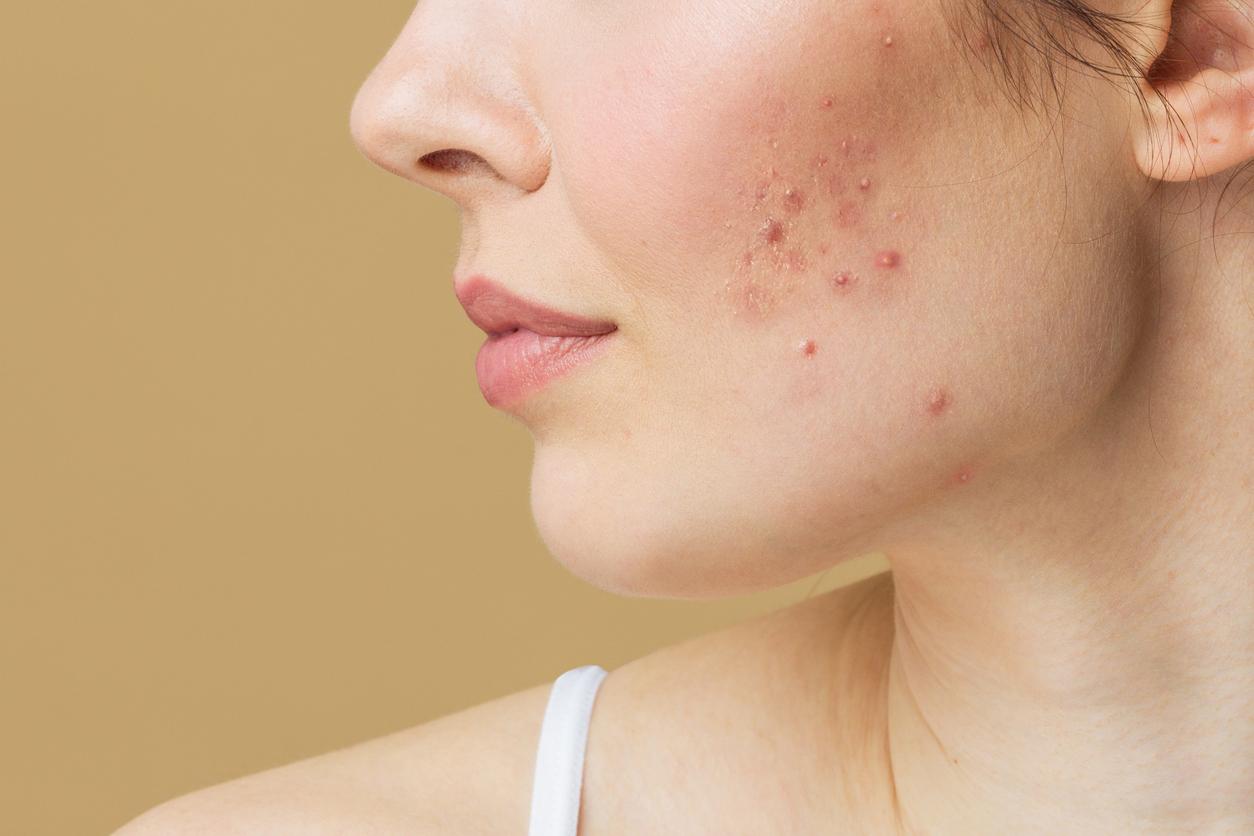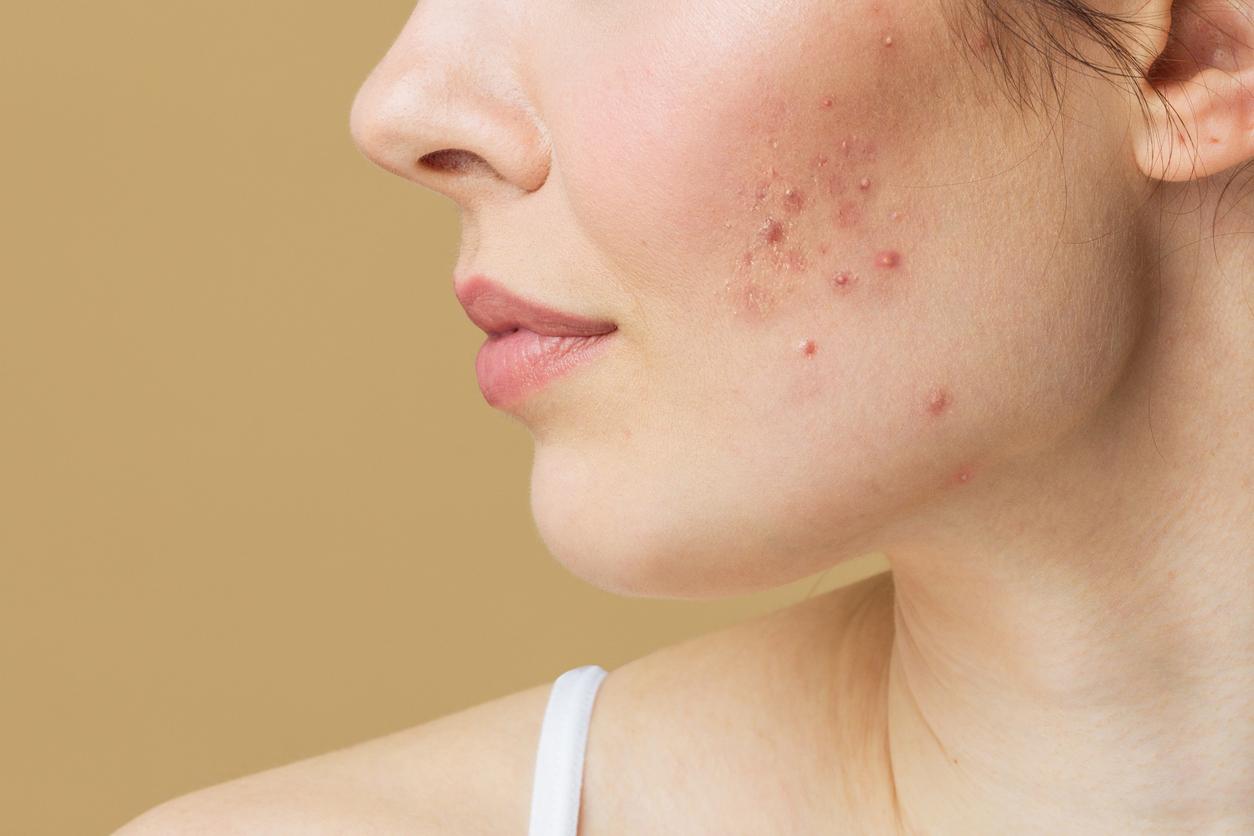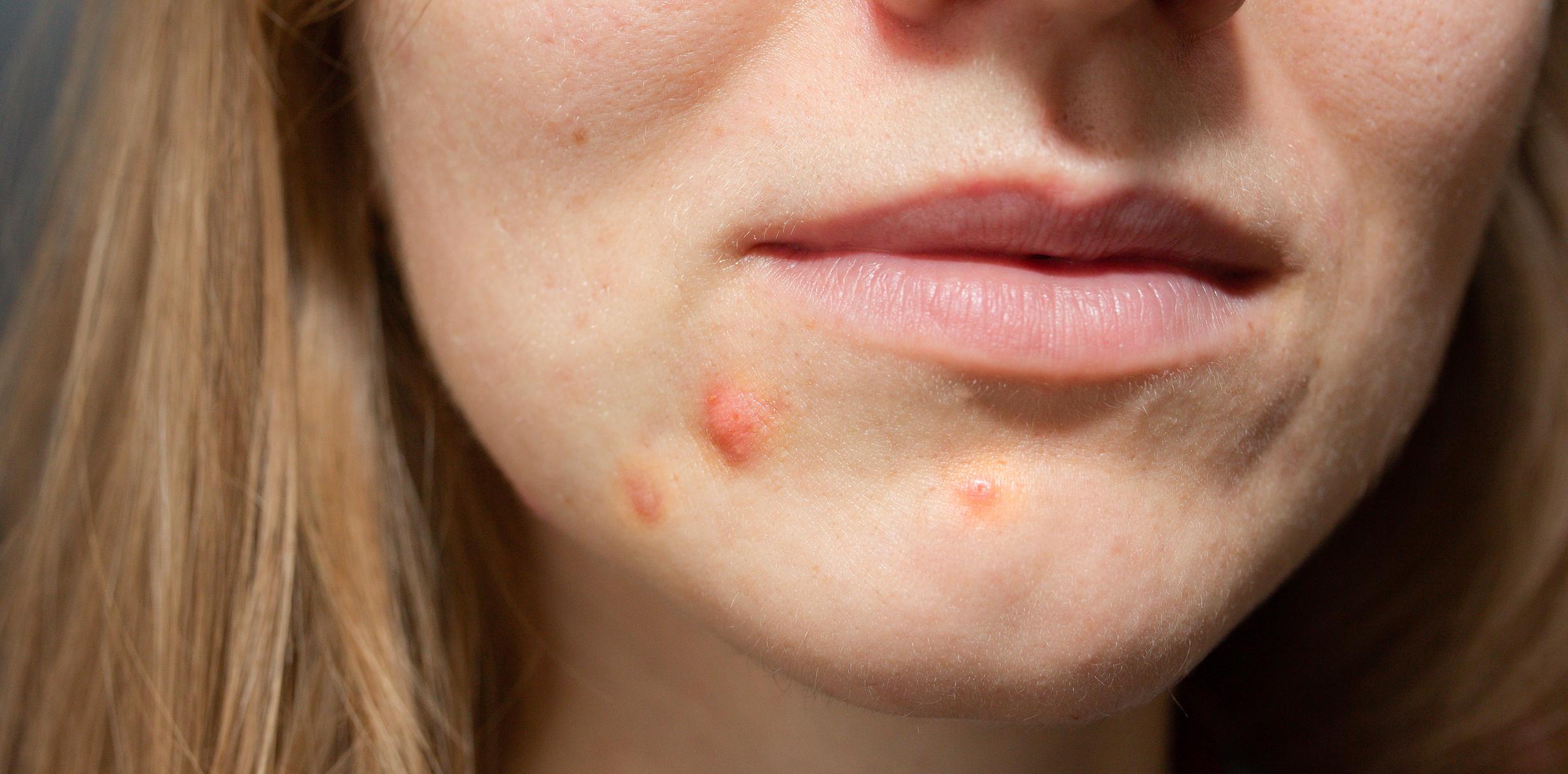Why are we unequal in the face ofacne ? Researchers from Los Angeles California and the Washington University School of Medicine in St. Louis believe they have found why one in five people experience pimple breakouts. In fact there would be a bad strain of the acne bacteria which would give rise to pimples and a “good” one which would protect the skin. “We have learned that a strain of the bacteria that triggers acne can actually keep the skin healthy,” says Huiying Li, lead author of the study and molecular biologist at the University of California.
The researchers focused on the bacterium Propionibacterium acnes (or P acnes). A type of bacteria found in the oily depths of the pores of the skin. When this bacteria triggers an inflammatory reaction, redness and pimples appear on the skin, characteristic signs of acne.
To identify the different strains responsible for the inflammation, the researchers armed themselves with cleansing strips and took samples from the noses of 101 volunteers, 49 of whom had acne and 52 had normal skin. 66 bacterial strains of P. acnes were distinguished. Among them, two strains of acne were most often present in people with acne but lacking clear skin.
A third strain has been found on almost all normal skin while it was “rarely present in acne-prone skin”. “We suspect that this strain contains a natural mechanism capable of recognizing the attackers and destroying them before they infect the bacterial cell”, detail the researchers. This third strain would fulfill a useful barrier function for the skin: “Just as the strains of good bacteria in yogurt are, for example, good for the gut, these good strains of P. acnes could be good for the skin”.
Their study published in the Journal of Investigative Dermatology opens the way to new therapies to prevent and treat acne and other dermatoses, skin diseases.
>> To read also: Acne: what are the right gestures to adopt?
Diane 35 withdrawal: what acne treatments are left?










